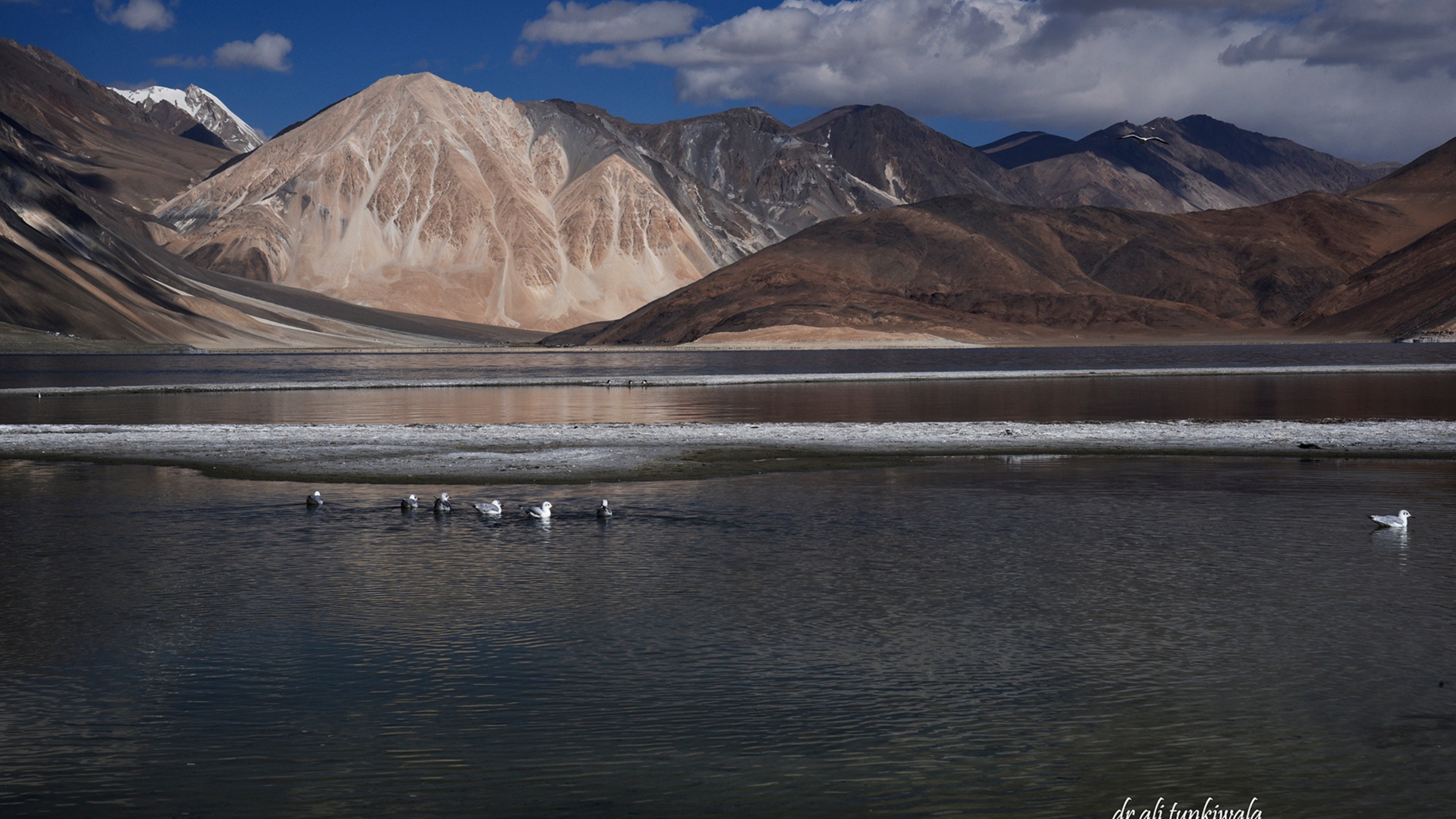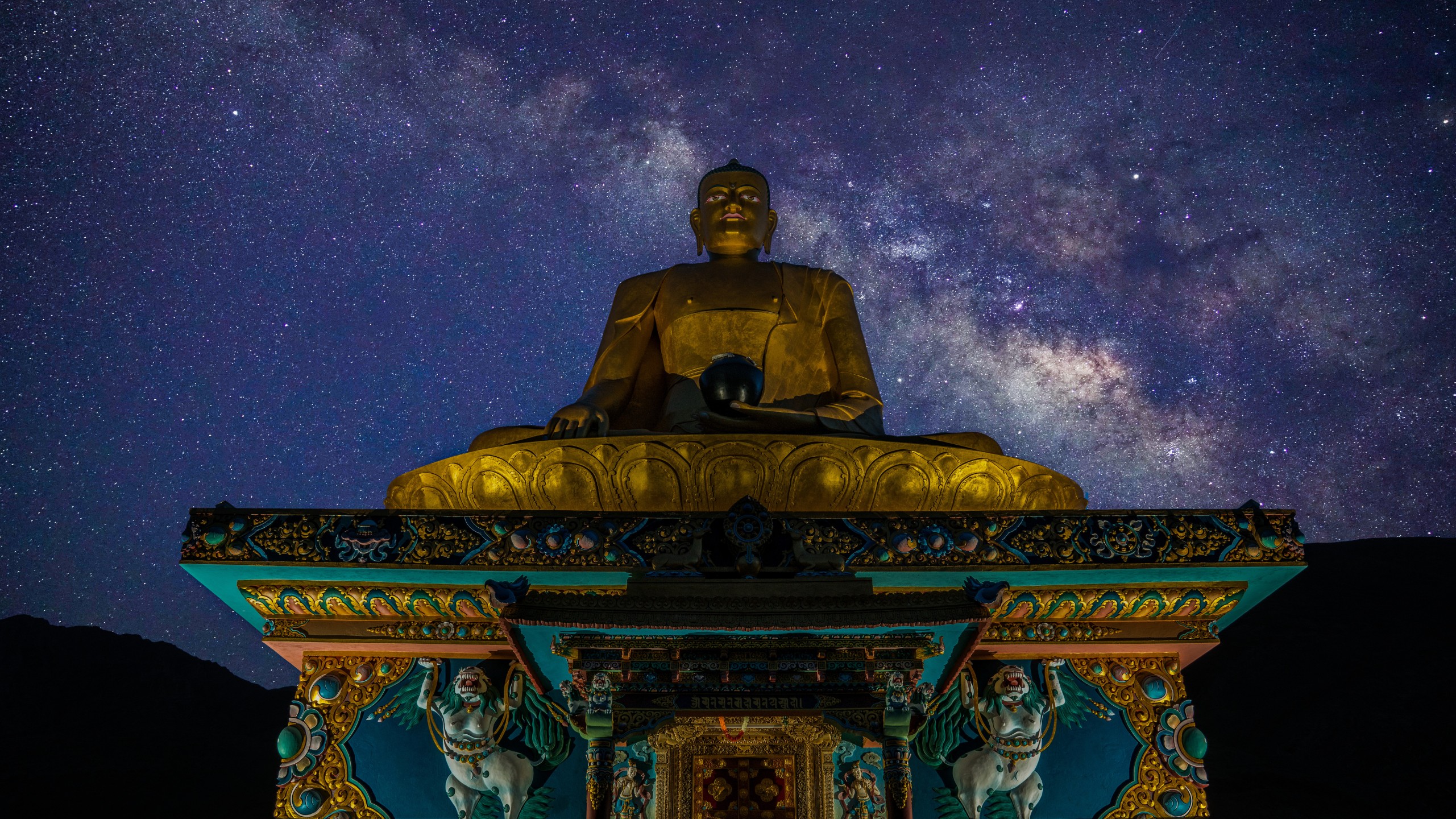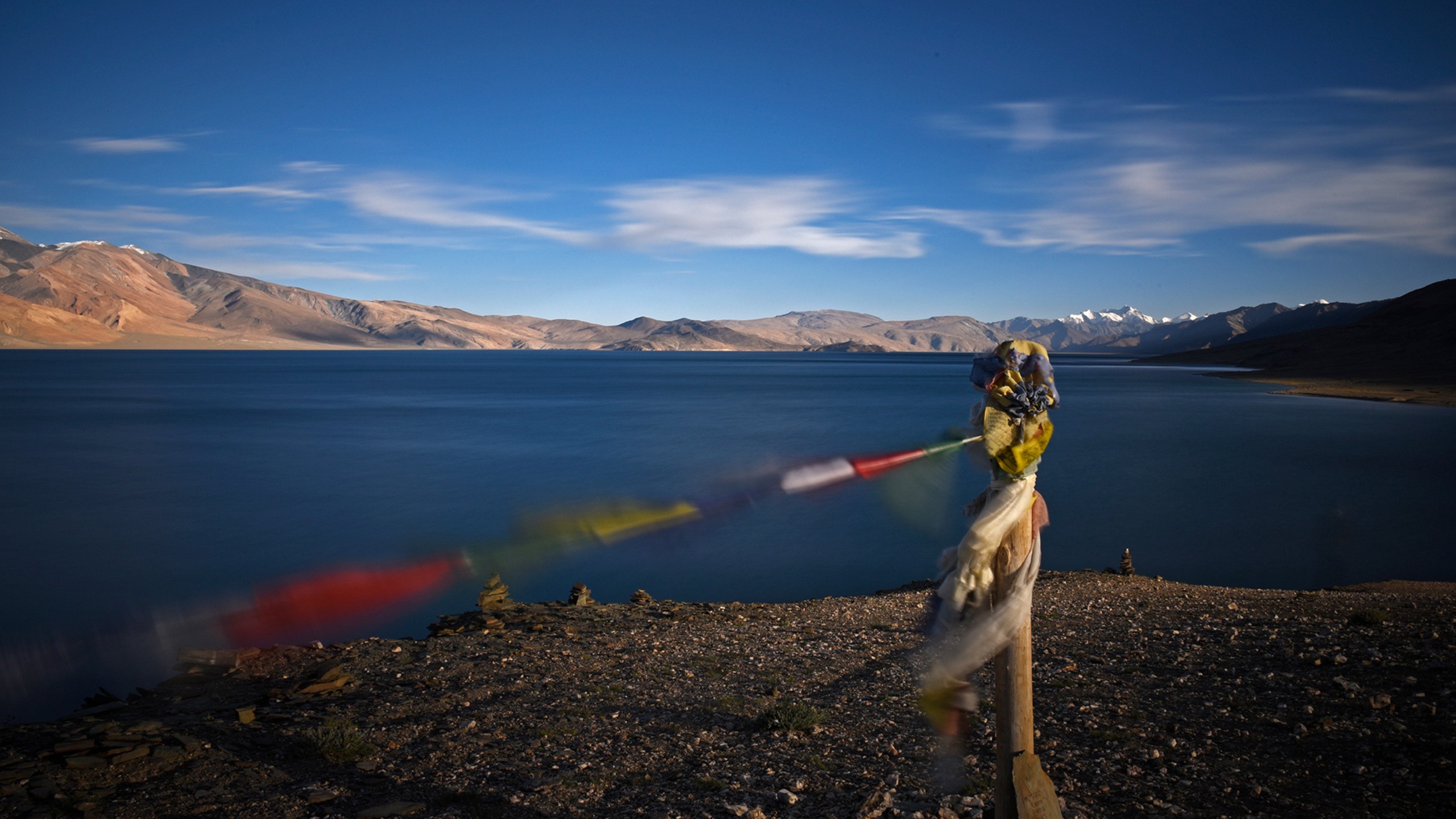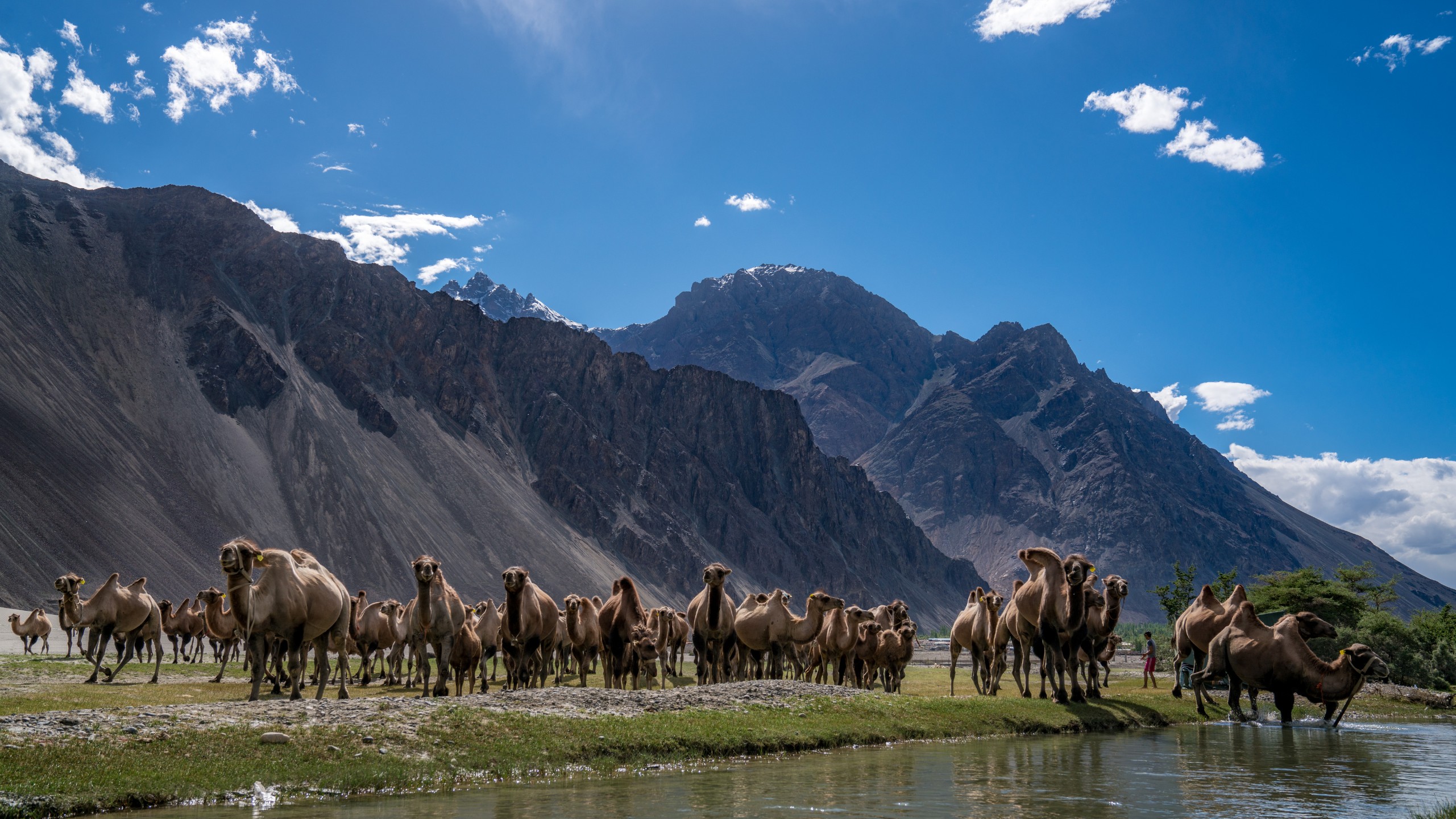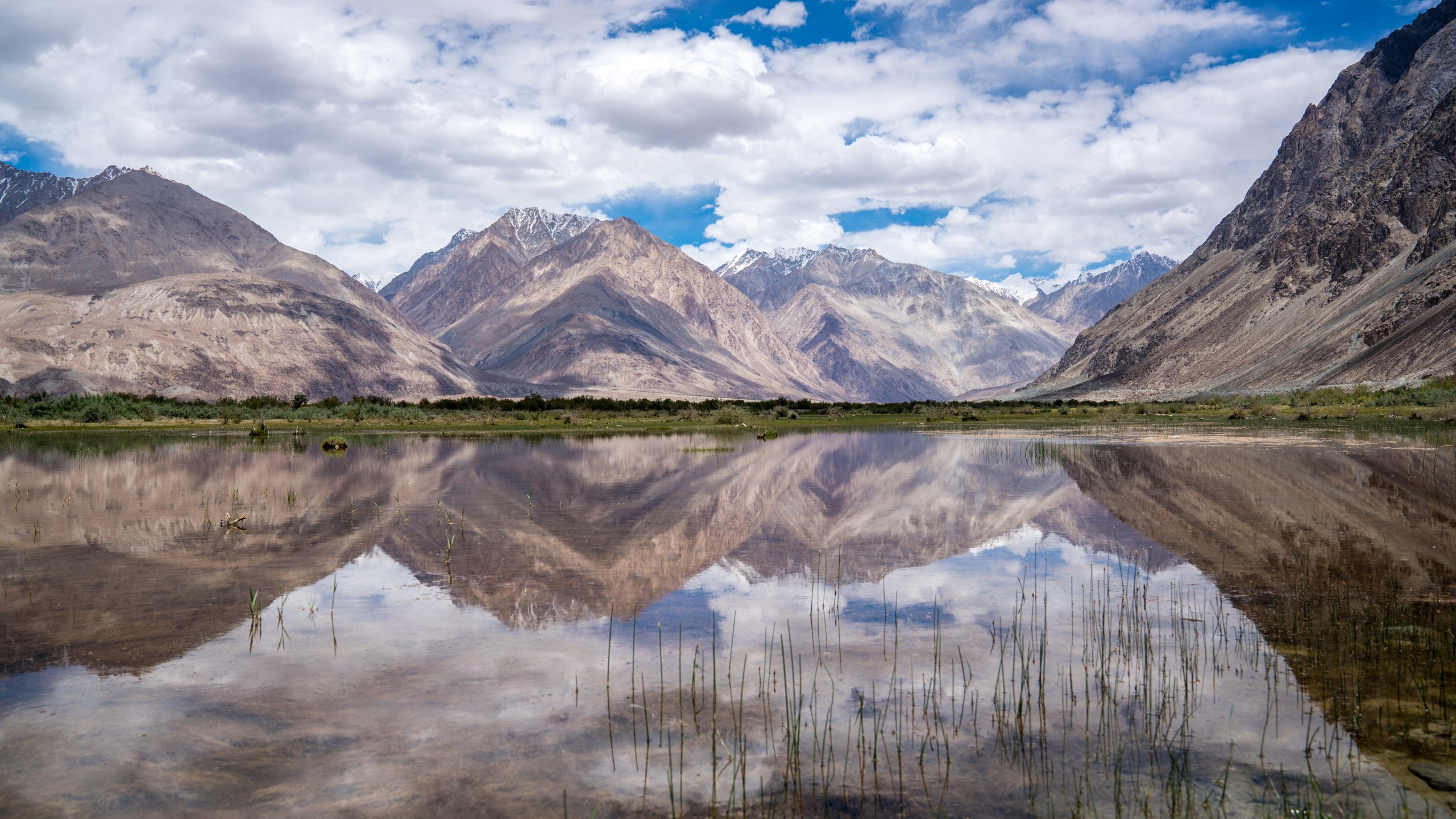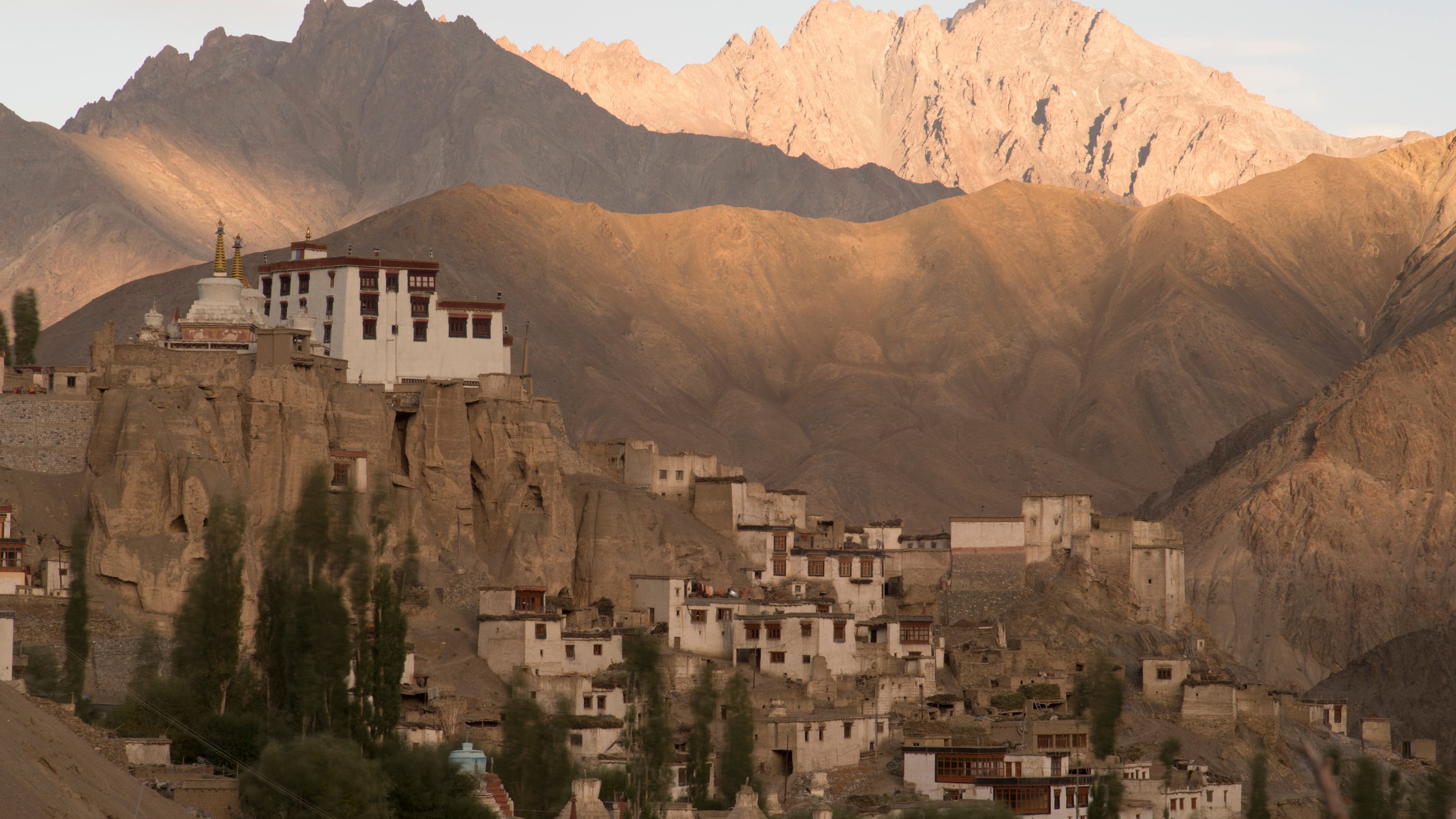
Explore Ladakh
at your own pace
Ladakh at a Glance

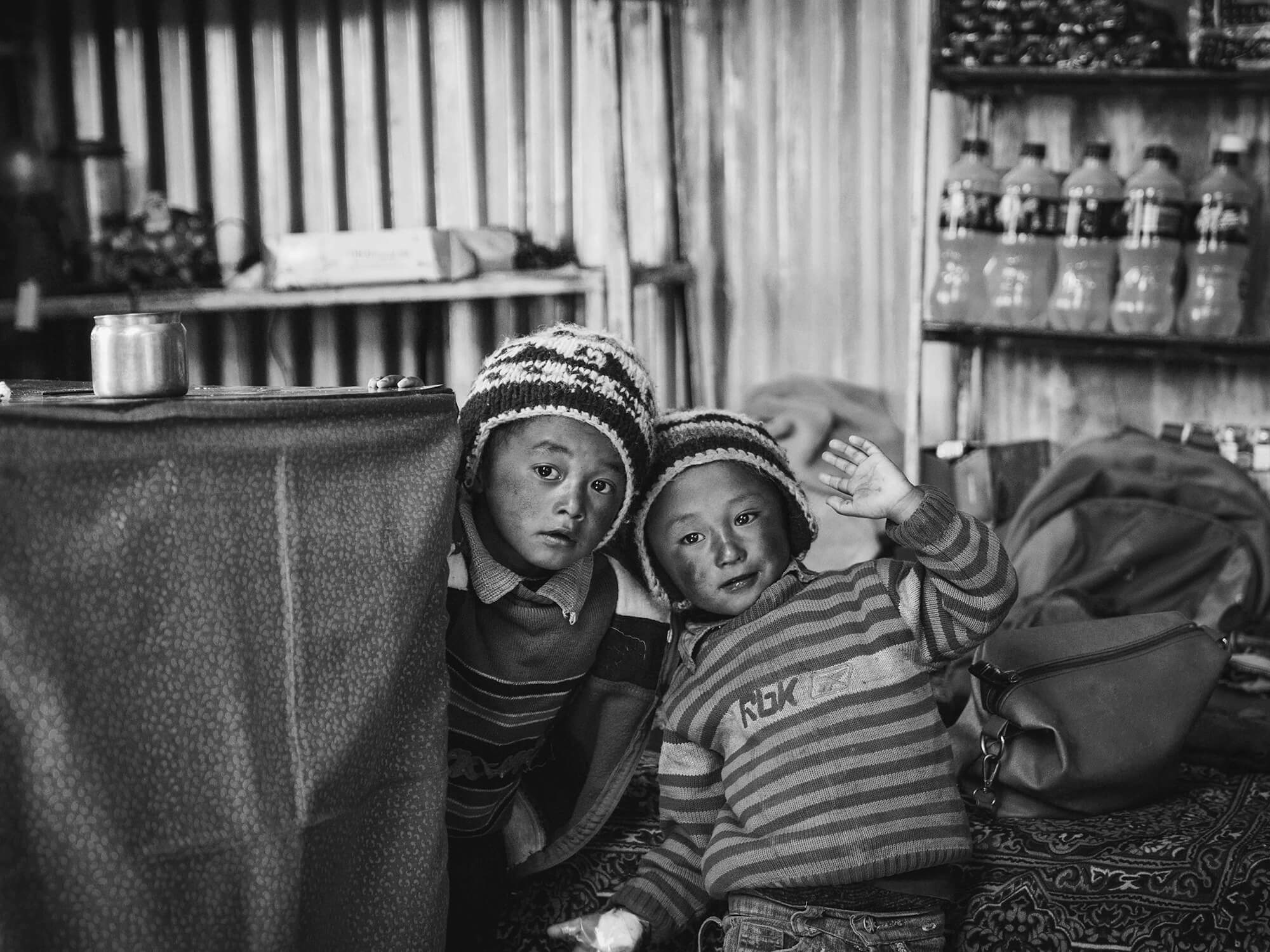
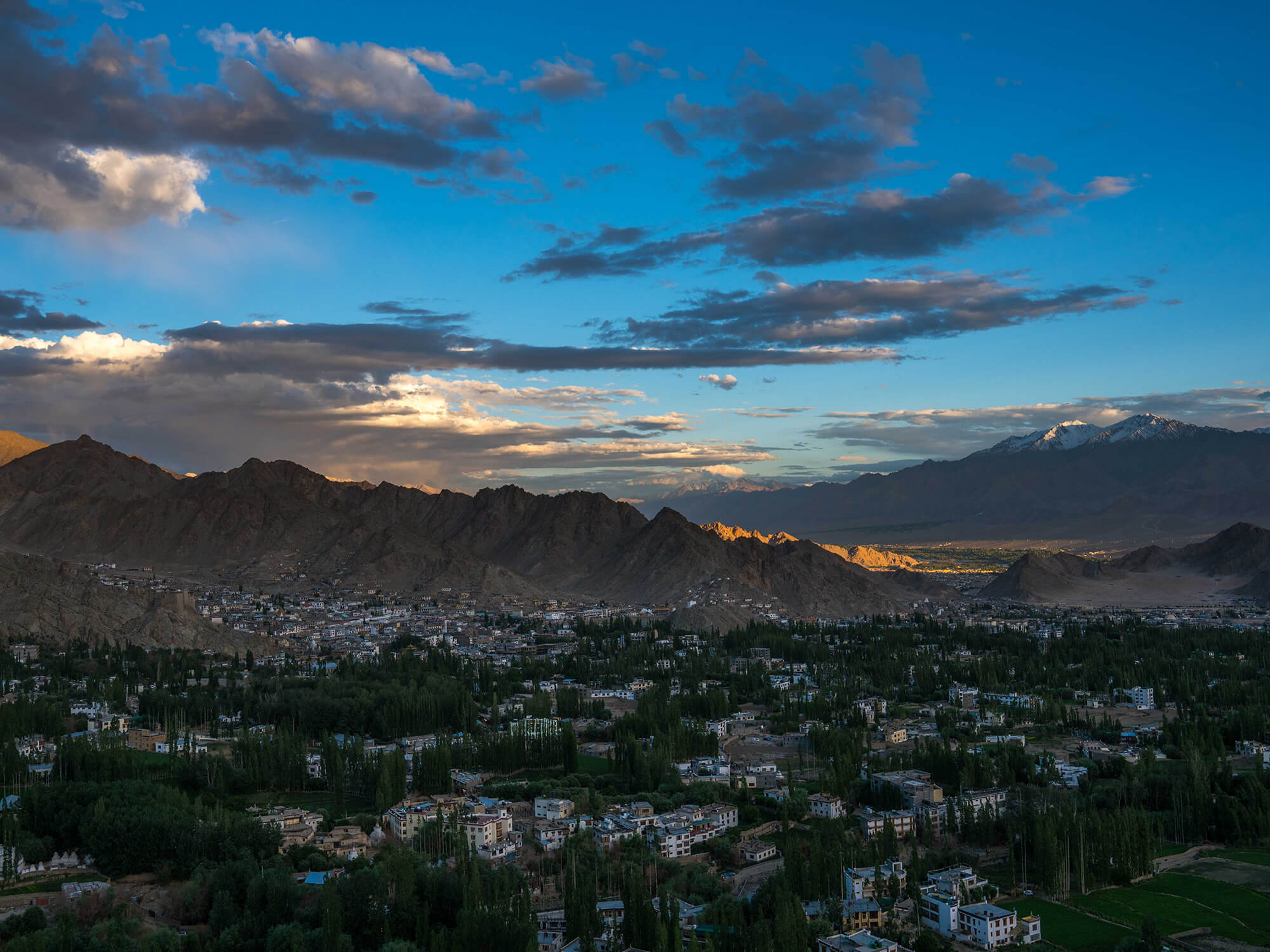




We show you the best of Ladakh
ROAD TRIP
- All Year Round
- Stay, meals and transport included
- You will see - Leh, Pathar Sahib, Magnetic Hill, Khardungla, Pangong Lake, Chang La, Hemis, Thiksey
ROAD TRIP
- All Year Round
- Stay, meals and transport included
- You will see - Leh, Leh Palace, Shanti Stupa, Shey, Hemis, Thiksey, Rancho School, Hall of Fame, Magnetic Hill, Pathar Sahib, Sangam, Alchi, Khardung la, Diskit monastery, Hundar, Pangong Tso, Shyok, Chang La
ROAD TRIP
- All Year Round
- Stay, meals and transport included
- You will see - Leh, Leh Palace, Shanti Stupa, Shey, Hemis, Thiksey, Rancho School, Hall of Fame, Magnetic Hill, Pathar Sahib, Sangam, Alchi, Khardung la, Diskit monastery, Hundar, Turtuk, Pangong Tso, Shyok, Rezang La War Memorial, Hanle, Umlingla, Tso Moriri, Puga, Tanglangla
ROAD TRIP
- May to October
- Stay, meals and transport included
- You will see - Sonmarg, Zojila, Kargil, Mulbekh, Lamayuru, Leh, Leh Palace, Shanti Stupa, Shey, Hemis, Thiksey, Rancho School, Hall of Fame, Magnetic Hill, Pathar Sahib, Sangam, Alchi, Khardung la, Diskit monastery, Hundar, Turtuk, Pangong Tso, Shyok, Chang La
ROAD TRIP
- May to October
- Stay, meals and transport included
- You will see - Sonmarg, Zojila, Kargil, Mulbekh, Lamayuru, Leh, Leh Palace, Shanti Stupa, Shey, Hemis, Thiksey, Rancho School, Hall of Fame, Magnetic Hill, Pathar Sahib, Sangam, Alchi, Khardung la, Diskit monastery, Hundar, Turtuk, Pangong Tso, Shyok, Rezang La War Memorial, Tso Moriri, Puga, Tanglangla, Chang La
ROAD TRIP
- May to October
- Stay, meals and transport included
- You will see - Manali, Solang, Atal Tunnel, Sissu, Jispa, Surajtal, Baralacha, Sarchu, Tanglangla, Leh, Leh Palace, Shanti Stupa, Shey, Hemis, Thiksey, Rancho School, Hall of Fame, Magnetic Hill, Pathar Sahib, Sangam, Alchi, Khardung la, Diskit monastery, Hundar, Turtuk, Pangong Tso, Shyok, Rezang La War Memorial, Tso Moriri, Puga, Tanglangla, Chang La
ROAD TRIP
- November till April
- Stay, meals and transport included
- You will see - Sonmarg, Zojila, Kargil, Mulbekh, Lamayuru, Leh, Leh Palace, Shanti Stupa, Shey, Hemis, Thiksey, Rancho School, Hall of Fame, Magnetic Hill, Pathar Sahib, Sangam, Alchi, Khardung la, Diskit monastery, Hundar, Turtuk, Pangong Tso, Shyok, Rezang La War Memorial, Hanle, Tso Moriri, Puga, Sarchu, Baralacha, Jispa, Sissu, Atal Tunnel, Solang, Manali
General Questions About travel to Ladakh
Some very common doubts every traveler has before planning a trip to Ladakh
The best time for most tourists to visit Ladakh is during the summer months (June to September) when the weather is pleasant, and most roads and attractions are accessible. Each season in Ladakh offers a one of a kind experience, so your month of travel depends on your interests and tolerance for different weather conditions.
Summer (June to September):
- This is the best time for tourists as Ladakh experiences pleasant weather, with temperatures ranging from 20°C to 30°C during the day.
- All major roads and passes, including Khardung La, are open, allowing for easy access to popular destinations like Leh, Pangong Lake, Nubra, and Tso Moriri.
- Ladakh hosts various festivals and cultural events during this time, providing an opportunity to experience local traditions and celebrations.
Monsoon (July to August):
- Even though Ladakh is a rain-shadow region, some areas, particularly around Leh, may experience occasional rainfall. At this time the landscape is lush and green, and the streams and rivers are in full flow.
- Some remote areas, such as Zanskar Valley, become more accessible during the monsoon season.
Early Autumn (September to October):
- This is an excellent time to visit as the weather remains pleasant, and the skies are usually clear, landscapes are vibrant as ever.
- Trekkers prefer this season for popular treks like the Markha Valley and Stok Kangri trek.
Late Autumn (November):
- Late autumn marks the end of the tourist season, and temperatures begin to drop significantly. Accommodations and facilities may start closing for the winter.
- It's the time when preparations for the famous Chadar Trek on the frozen Zanskar River begin.
Winter (December to February):
- Winter in Ladakh is extremely cold, with temperatures often dropping below freezing, especially in high-altitude areas.
- This is also the season for the iconic Chadar Trek when the Zanskar River freezes solid and tourists flock to trek on the river.
- Many areas, including remote valleys, become inaccessible due to heavy snowfall. Only a few accommodations remain open in Leh.
The Inner Line Permit is required for non-residents of Ladakh to visit various protected and restricted areas. These areas include Nubra Valley, Pangong Lake, Tso Moriri, and some parts of the Zanskar Valley. The permit is also needed for Khardung La, one of the world's highest motorable passes.
In addition to the Inner Line Permit, certain areas near the Line of Actual Control (LAC), such as the areas along the India-China border, require a Protected Area Permit. This includes areas like Turtuk, Tyakshi, and Panamik in the Nubra Valley.
You can obtain Inner Line Permits and Protected Area Permits from the District Magistrate's office in Leh, as well as from various online platforms. You can also get these permits through registered travel agents who can assist with the process.
Typically, you'll need to provide photocopies of your valid government-issued photo ID, such as a passport or Aadhar card, along with passport-size photographs. It's advisable to carry both physical and digital copies of your permits during your journey.
The duration of these permits can vary but is generally valid for a limited period, often up to 7 to 15 days. Ensure your permits cover the duration of your stay in the restricted areas.
Permit regulations can change, so it's essential to check for the latest information and updates from official sources before your trip.Foreign nationals have additional requirements, and they must travel with a registered tour operator in a group to certain restricted areas. It's crucial to follow the permit regulations to ensure a hassle-free and legal visit to these regions of Ladakh. Additionally, consider the seasonal variations in permit requirements, as these can change with time and government policies.
Acclimatizing is very important while visiting a high altitude terrain like Ladakh in order to avoid AMS (Acute Mountain Sickness). Here are some things you can do to help you acclimatize better.
Gradual Ascent: Ascend gradually to higher altitudes. If possible, spend a day or two at a moderate altitude before reaching high-altitude destinations like Leh. This allows your body to adjust to lower oxygen levels. You can do so by starting your trip from Manali or Srinagar, which gives you plenty of time to acclimatize along the way.
Stay Hydrated: Drink plenty of fluids, primarily water. Dehydration can exacerbate altitude sickness, so make a conscious effort to stay well-hydrated.
Avoid Alcohol, Smoking and Caffeine: Alcohol, tobacco and caffeine can contribute to dehydration and worsen altitude sickness symptoms. It's best to limit or avoid them during your acclimatization period.
Rest and Relax: Take it easy during your first few days at high altitude. Rest and allow your body to adapt. Avoid strenuous physical activity and heavy meals initially.
Overnight Stay: If you're traveling by road, try to reach your high-altitude destination by late afternoon. Spending your first night at a lower altitude can help ease the transition.
Diamox Medication: Consult with a healthcare professional before your trip. In some cases, they may prescribe acetazolamide (Diamox) to help prevent altitude sickness. Follow your doctor's advice on dosage.
Listen to Your Body: Pay attention to any symptoms of altitude sickness, such as headache, dizziness, nausea, or shortness of breath. If you experience these symptoms, descend to a lower altitude immediately. Descending is the most effective treatment for altitude sickness.
Chew on Ginger or Garlic: Some travelers find that chewing on ginger or garlic can help alleviate symptoms of altitude sickness.
Dress Warmly: High-altitude regions can be cold, even in summer. Dress in layers to stay warm, and wear a hat to protect against the sun.
Altitude Chamber: In Leh, there is a government-run altitude chamber where you can experience reduced oxygen levels to see how your body reacts. It's a good idea to visit this chamber before heading to higher altitudes.
Oxygen Cylinder: Although we do not recommend it because if you have properly acclimatized you will not need it but you can carry a portable oxygen cylinder for emergency use. These are readily available in Leh and other high-altitude areas.
Ladakh offers a wealth of breathtaking landscapes, cultural treasures, and unique experiences. Here are some must-visit places in Ladakh:
Leh: The capital of Ladakh, Leh is a starting point for most journeys. Explore Leh Palace, Shanti Stupa, and the vibrant Leh Market. Acclimatize here before venturing into higher altitudes.
Pangong Lake: This stunning high-altitude lake is famous for its ever-changing shades of blue. Featured in the movie "3 Idiots," it's a top attraction for its surreal beauty.
Nubra Valley: Known as the "Valley of Flowers," Nubra is famous for its sand dunes, monasteries like Diskit and Hunder, and the unique experience of riding double-humped Bactrian camels.
Tso Moriri: Located in the Changthang Plateau, Tso Moriri is another breathtaking lake surrounded by snow-capped mountains. The area is a protected wetland and a serene retreat.
Tso Kar: This saltwater lake is known for its white salt deposits along the shorelines. It's a stopover on the way to Tso Moriri.
Hemis Monastery: The largest and most famous monastery in Ladakh, Hemis is known for its annual Hemis Festival, which features colorful masked dances.
Thiksey Monastery: Perched atop a hill, Thiksey Monastery offers panoramic views of the Indus Valley. Its Maitreya Buddha statue is a major attraction.
Alchi Monastery: Known for its ancient and exquisite frescoes, Alchi is one of the oldest monasteries in Ladakh.
Lamayuru Monastery: This monastery is perched on a hill, and its surreal lunar landscape adds to its charm.
Zanskar Valley: Known for its rugged beauty, Zanskar has been made popular by bloggers off late and offers opportunities for trekking, river rafting, and visiting monasteries like Karsha and Phugtal.
Sham Valley: Also called the "Apricot Valley," it's known for its scenic beauty, traditional villages, and monasteries like Likir and Alchi.
Khardung La: Claimed to be one of the highest motorable passes globally, Khardung La offers panoramic views of the Ladakh Range.
Ladakh Festival: If your visit coincides with the Ladakh Festival, it's a great opportunity to witness cultural performances, traditional dances, and music.
Trekking Routes: Ladakh offers numerous trekking opportunities, including the Markha Valley Trek, Stok Kangri Trek, and the challenging Chadar Trek on the frozen Zanskar River.
Ladakhi Cuisine: Sample Ladakhi dishes like momos, thukpa, and butter tea at local eateries and homestays.
Latest Blog & Articles

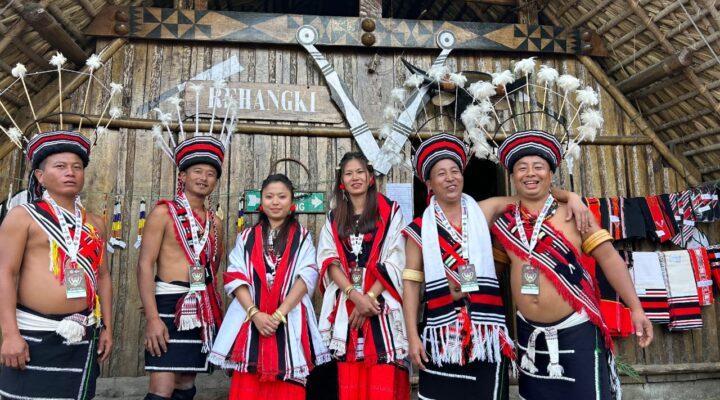
Hornbill Festival 2024: A Glimpse of Nagaland




